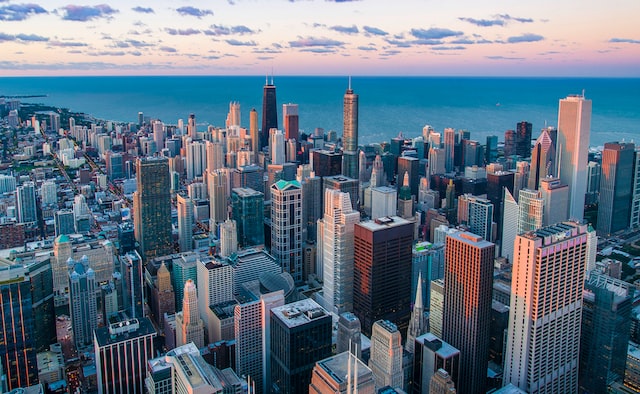The planned Saudi linear city revives a 19th century idea
Enlarge

Politico’s ‘Living Cities’ edition had a fascinating piece the other day on the linear city, which is apparently a 19th century concept that newly got traction from the 170-kilometer long city the Saudis are building.
The Saudi city, The Line, is being built by NEOM, a company founded by the country’s Crown Prince. The Line is supposed to have a high-speed train, which will serve to a link the 9 million people expected to live there eventually. That’s pretty similar, Politico says, to the tram that ran the length of Madrid’s Ciudad Lineal, a pilot project that was built to the idea conceived by Spanish urbanist Arturo Soria in 1882. Politico’s description of the place is quite charming: “Homes were built around a wide, central boulevard, with a tram running the entire length; the back of the buildings opened up to plots of land where residents could grow flowers or vegetables. Access to clean air and green spaces meant families living in the neighborhood “were healthier than those that lived in the center of the city,” said Cristina Keller, founder of the Arturo Soria Legacy Association.”
That sounds idyllic if somewhat odd because one might expect a city to grow outwards from its core (whatever the core may be).
Even so, Madrid’s version seemed to find some admirers in the former USSR. Then, during World War I, the tram started to have trouble running up and down (presumably because of shortage of fuel?). Subsequent political developments also affected the scheme and in the 1970s, Madrid finally decommissioned the tram and put paid to its linear city project.
The idea of a linear city has to be interesting if you care about city planning and what makes a conurbation work (and play) properly. But mostly, what one notices about the concept is its artificiality. Why would one discipline an urban area so severely that it must only grow along a line, rather than putting out a finger here or there?
Isn’t it unrealistic to expect so living a thing as a city to take a distinct shape and stay that way over the decades?

